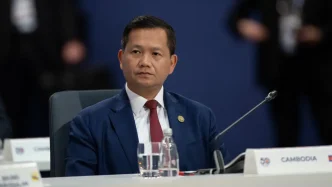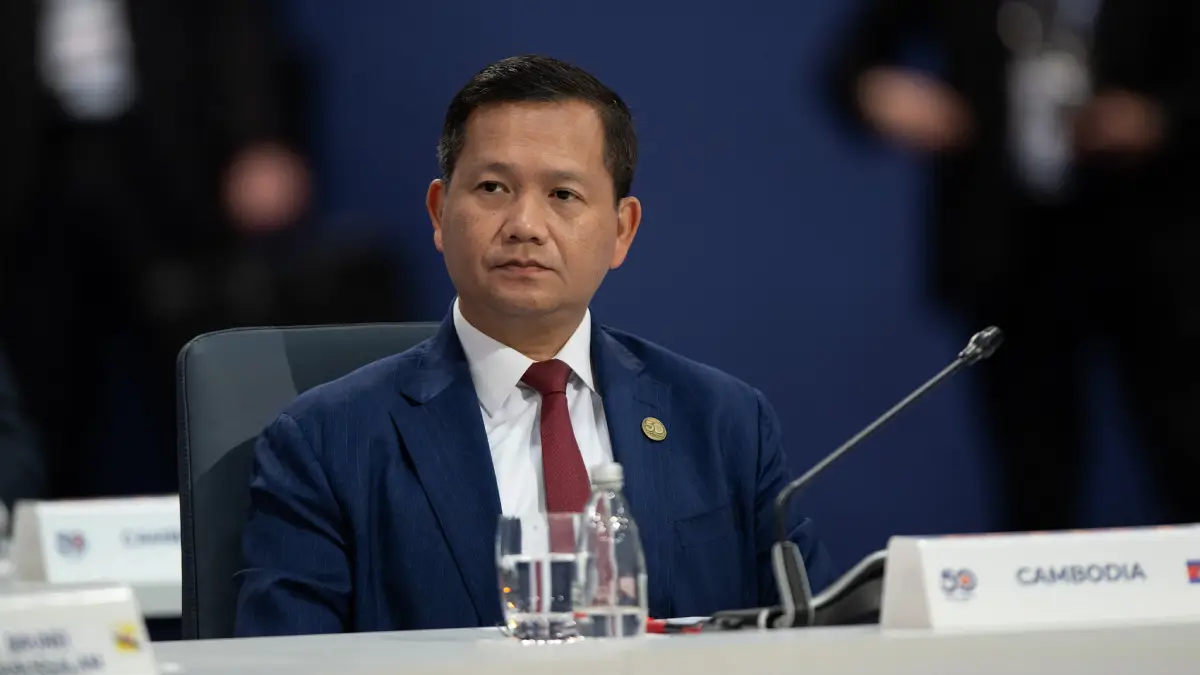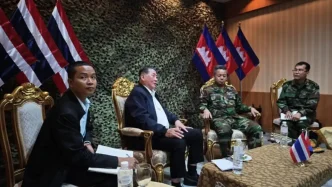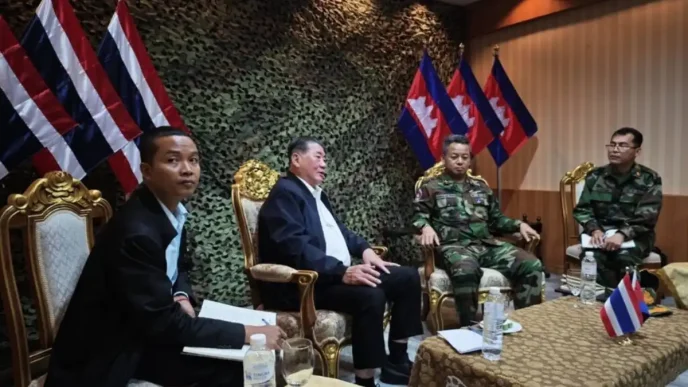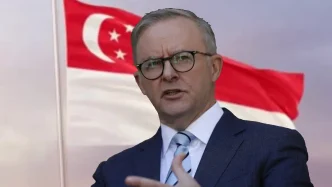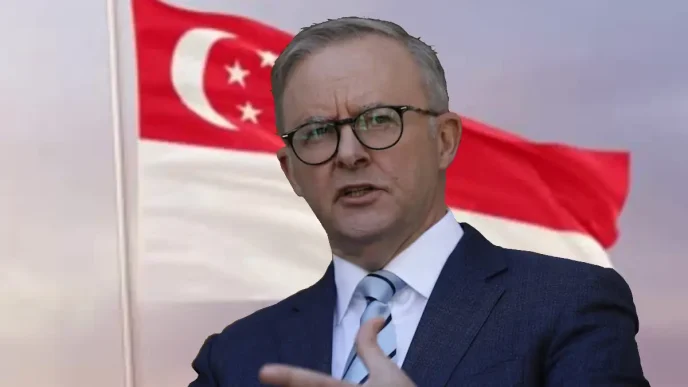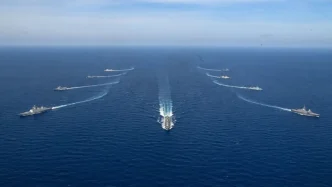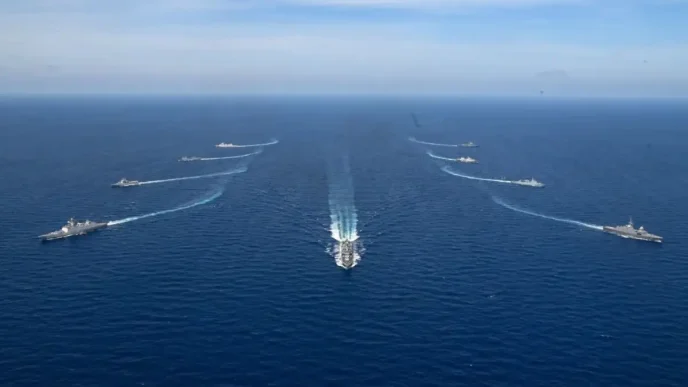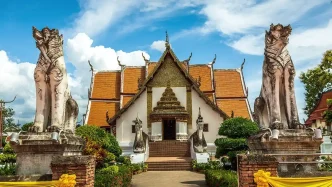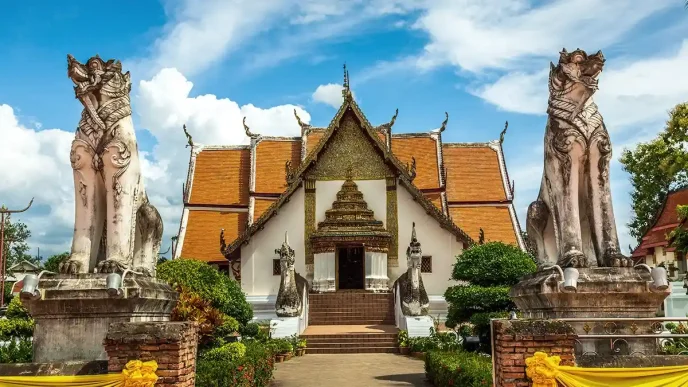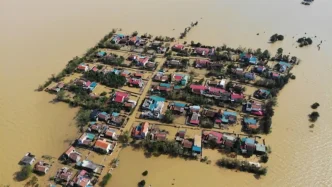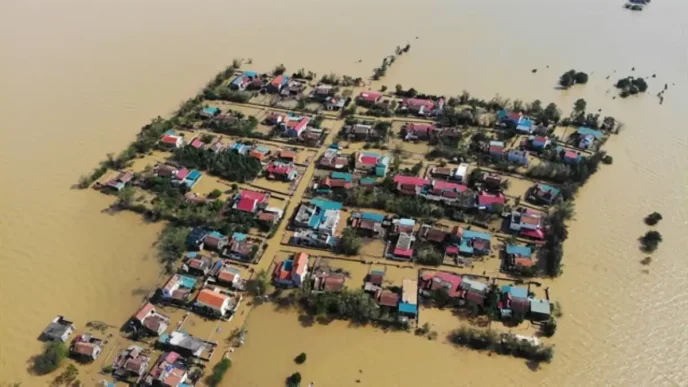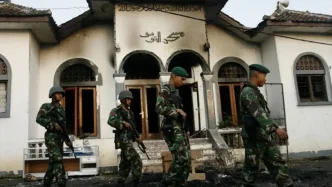In a mounting diplomatic crisis, Cambodia is pulling out all stops to secure the release of 18 soldiers detained by Thai forces following a breach of a recent ceasefire agreement. The detentions, which occurred on Cambodian sovereign territory, have reignited tensions between the two neighbors, with Phnom Penh engaging bilateral, regional, and international channels to bring its troops home.
Ceasefire Violation Sparks Outrage
The incident stems from a clash just over a week ago, when 21 Cambodian soldiers were captured by Thai forces. According to Cambodian officials, the detentions took place on their soil, in direct violation of a ceasefire agreement dated July 28, 2025. Since then, one soldier’s body has been repatriated, alongside two injured troops, leaving 18 still in Thai custody. The Cambodian government has condemned the move as a breach of sovereignty, further complicated by the timing—mere hours after the ceasefire, reportedly supported by international mediators, came into effect.
Prime Minister Hun Manet addressed the nation on August 4, 2025, emphasizing the government’s commitment to the soldiers’ safety. He outlined a multi-pronged approach, involving close coordination between the Ministry of National Defence, military commanders, and Thai counterparts. Beyond direct talks, Cambodia has sought assistance from Malaysia, the current ASEAN chair, to mediate with Thai authorities. Manet also revealed that the Ministry of Foreign Affairs and International Cooperation is working through Cambodia’s Permanent Mission to the United Nations and other international bodies in Geneva to engage the International Committee of the Red Cross (ICRC) for support in securing the soldiers’ release.
“The government has also tasked the Ministry of Foreign Affairs and International Cooperation … to work with the ICRC to push for their release as soon as possible” Manet stated on August 4, 2025, highlighting the urgency of the situation.
International and Regional Advocacy
Cambodia’s strategy extends beyond bilateral negotiations. Prime Minister Manet has instructed the Cambodian Human Rights Committee to collaborate with several bodies, including the Office of the UN High Commissioner for Human Rights (OHCHR), the ASEAN Intergovernmental Commission on Human Rights (AICHR), and the National Human Rights Commission of Thailand. These efforts aim to build a broad coalition of advocacy to pressure Thailand into repatriating the detained soldiers swiftly.
Adding weight to the campaign, Senate President Hun Sen has publicly called for intensified action. He urged the government to ensure the ICRC fulfills its mandate in addressing the plight of the detained soldiers. Hun Sen pointed out the timing of Thailand’s actions, noting they occurred just eight hours after a ceasefire agreement, which explicitly prohibited troop movements, firing, or the deployment of additional forces. This agreement, he noted, had the backing of high-level international figures, raising questions about Thailand’s compliance with international norms.
“What reason does Thailand have for refusing to return the 18 Cambodian soldiers to Cambodia?” Hun Sen questioned on August 4, 2025, voicing the frustration felt across Phnom Penh’s leadership.
On the Thai side, limited information has been forthcoming. However, a statement from Thai officials on August 5, 2025, confirmed that international agencies would be allowed to visit the detained troops, a move seen as a potential step toward transparency but far from a resolution.
Historical Context of Border Tensions
The detention of these soldiers is not an isolated incident but part of a long-standing pattern of border disputes between Cambodia and Thailand. The two nations share a contentious history over territorial claims, particularly around areas like An Ses, where recent clashes have caused significant infrastructure damage. These skirmishes often flare up despite diplomatic efforts to maintain peace, with both sides accusing the other of provocation or encroachment.
The area around An Ses, near the border, has seen repeated military confrontations over the years, often tied to overlapping claims and historical grievances. The destruction of infrastructure in the region during the latest clashes underscores the human and material toll of these disputes. While ceasefire agreements have been brokered in the past, often with international or regional mediation, their enforcement remains fragile, as evidenced by the events following the July 28 accord.
This latest incident also draws attention to the broader geopolitical dynamics in Southeast Asia. ASEAN, as a regional bloc, has often struggled to mediate internal conflicts effectively, with member states prioritizing sovereignty over collective action. Malaysia’s role as the current ASEAN chair places it in a delicate position, tasked with facilitating dialogue without overstepping national boundaries. Cambodia’s appeal to Malaysia signals a hope that regional solidarity might yield results where bilateral talks have stalled.
Humanitarian and Legal Dimensions
At the heart of Cambodia’s diplomatic push is a humanitarian concern for the detained soldiers. The involvement of the ICRC, an organization mandated to protect the rights of prisoners of war and detainees in conflict zones, underscores the gravity of the situation. The ICRC’s potential role could include monitoring the conditions of the detained troops, ensuring they are treated in accordance with international humanitarian law, and facilitating communication between the soldiers and their families.
Legal questions also loom large. The detention of soldiers on sovereign territory after a ceasefire agreement raises issues of international law, particularly regarding the principles of sovereignty and non-aggression. Cambodia’s outreach to bodies like the OHCHR and AICHR suggests an intent to frame the incident within a human rights context, potentially amplifying international scrutiny on Thailand’s actions.
Moreover, the timing of the detentions—just hours after a ceasefire brokered with international support—could have wider implications for trust in such agreements. If ceasefire violations go unaddressed, they risk undermining future diplomatic efforts not only between Cambodia and Thailand but across the region, where border disputes and military tensions persist in various forms.
Domestic Reactions and Political Stakes
Within Cambodia, the detention of the soldiers has stirred significant public and political concern. Prime Minister Hun Manet and Senate President Hun Sen’s public statements reflect a unified front, signaling to the Cambodian populace that the government is prioritizing the soldiers’ safe return. This issue also carries domestic political weight, as the government’s handling of the crisis could influence public perception of its ability to defend national sovereignty and protect its citizens.
For Thailand, the situation presents its own set of challenges. While the Thai government has not issued detailed public statements beyond confirming access for international agencies, the decision to detain the soldiers may be tied to domestic pressures or military strategy along the border. Thailand’s National Human Rights Commission, now engaged through Cambodian outreach, may face calls to address the treatment of the detainees, potentially creating internal debate over the military’s actions.
Regional and International Implications
The unfolding crisis has implications beyond the immediate border dispute. Southeast Asia, a region often navigating complex internal dynamics within the ASEAN framework, faces a test of unity and conflict resolution mechanisms. Malaysia’s mediation role, while significant, is constrained by ASEAN’s principle of non-interference, which often limits decisive action in member-state disputes.
Internationally, the involvement of entities like the ICRC and OHCHR could draw greater global attention to the Cambodia-Thailand border issue. While the conflict remains localized for now, sustained tensions or further escalations could prompt broader diplomatic interventions, especially given the reported involvement of high-level international figures in brokering the initial ceasefire.
The incident also highlights the fragility of peace in border regions, where historical animosities, territorial ambiguities, and military posturing can quickly unravel diplomatic gains. For ASEAN, which has long sought to position itself as a stabilizing force in the region, the Cambodia-Thailand dispute serves as a reminder of the challenges in balancing sovereignty with collective security.
Looking Ahead
As Cambodia ramps up its efforts to secure the release of its 18 detained soldiers, the path forward remains uncertain. Bilateral negotiations with Thailand, coupled with regional and international advocacy, offer hope for a resolution, but the underlying tensions that fueled the incident persist. The destruction in areas like An Ses serves as a stark reminder of the costs of unresolved border disputes, both in human lives and material losses.
For now, Phnom Penh’s focus remains on the safe return of its troops, with Prime Minister Hun Manet and Senate President Hun Sen leading a concerted push across multiple fronts. Whether these efforts will yield a swift resolution or deepen the rift with Thailand is a question that looms over the region, as both nations navigate the delicate balance of sovereignty, diplomacy, and peace.

